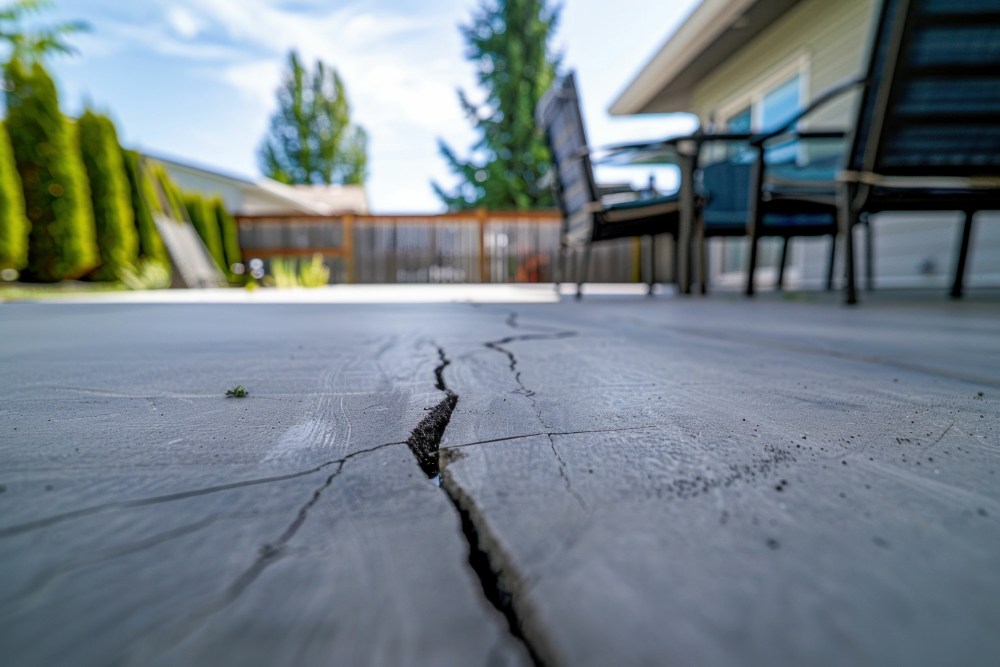Home improvement projects can be both exciting and overwhelming. To ensure that your project runs smoothly and that your rights as a consumer are protected, creating a comprehensive home improvement checklist is essential. This checklist will help you plan, manage, and complete your project while avoiding common pitfalls. Here’s a step-by-step guide on how to create a home improvement checklist for consumer protection.
1. Initial Planning
Define Your Project Scope- Specific Goals: Clearly define what you want to achieve with your home improvement project. Outline the specific tasks and desired outcomes.
- Budget: Establish a realistic budget that includes all potential costs, such as materials, labor, permits, and a contingency fund for unexpected expenses.
- Inspiration: Gather ideas from design magazines, websites, and home improvement shows. Create a vision board or use design software to visualize your project.
- Feasibility: Consult with professionals, such as architects or designers, to ensure your ideas are feasible and within your budget.
2. Hiring a Contractor
Research Contractors- Licensed and Insured: Ensure the contractor is licensed and insured. Verify their credentials with local licensing authorities.
- Experience: Look for contractors with experience in similar projects. Review their portfolios and ask for references.
- Competitive Bidding: Contact at least three contractors to provide detailed written estimates. Comparing multiple quotes helps ensure you get a fair price.
- Consistent Scope: Provide each contractor with the same project scope and specifications to ensure the estimates are comparable.
- Online Reviews: Read reviews on websites like Yelp, Google Reviews, and the Better Business Bureau (BBB).
- Contact References: Speak with past clients to learn about their experiences and the quality of the contractor’s work.
3. Detailed Contract
Include All Details- Scope of Work: Clearly define the scope of work, including specific tasks, materials, and timelines.
- Payment Schedule: Outline a payment schedule that ties payments to project milestones or completion percentages. Avoid large upfront payments.
- Workmanship Warranty: Include a warranty for the quality of workmanship, specifying the duration and what is covered.
- Material Warranties: Ensure that warranties for materials and products used are clearly stated and transferred to you.
- Procedure for Changes: Outline the procedure for handling any changes to the project scope, including how changes will be documented, approved, and priced.
Join HICP Homeowner’s Alliance
Connect with experts, get special discounts and enjoy member benefits
4. Permits and Regulations
Obtain Necessary Permits- Local Requirements: Research local building codes and regulations. Ensure all necessary permits are obtained before starting work.
- Permit Responsibility: Clearly define who is responsible for obtaining permits in your contract.
- Inspection Requirements: Schedule all required inspections at various stages of the project to ensure compliance with building codes and quality standards.
- Final Inspection: Conduct a final inspection upon project completion to ensure all work meets the required standards and passes all regulatory inspections.
5. Quality Control
Regular Monitoring- Site Visits: Conduct regular site visits to monitor progress and ensure work is being performed according to the contract.
- Progress Reports: Request regular progress reports from your contractor to stay informed about the project status.
- Professional Assessment: Consider hiring an independent inspector to conduct regular inspections and ensure compliance with quality standards.
- Inspection Report: Obtain a detailed inspection report outlining the defects and recommended actions for correction.
6. Payments and Financial Management
Secure Payment Methods- Traceable Payments: Use checks or credit cards for payments instead of cash. These methods provide a paper trail and added protection in case of disputes.
- Reasonable Deposits: Avoid making large upfront payments. A reasonable deposit is typically 10-20% of the total project cost.
- Project Completion: Withhold the final payment until the project is completed to your satisfaction and any required inspections are passed.
- Documentation: Ensure you receive all necessary documentation, such as warranties, permits, and lien waivers, before making the final payment.
7. Communication and Documentation
Keep Detailed Records- Written Communication: Maintain detailed records of all communications, contracts, receipts, payments, and work progress. Take photos of the worksite regularly.
- Documentation: Keep copies of all contracts, permits, inspections, and change orders for your records and future reference.
- Immediate Action: Address any issues or discrepancies immediately to prevent them from escalating.
- Formal Communication: Use formal communication methods such as emails or written letters to document your concerns and any responses from the contractor.
8. Final Steps
Final Walkthrough- Comprehensive Walkthrough: Conduct a final walkthrough with your contractor to inspect the completed work and ensure it meets the agreed-upon standards.
- Punch List: Create a punch list of any remaining tasks or touch-ups that need to be completed before final payment.
- Evaluate Performance: Review the contractor’s performance and your own handling of the project. Identify areas for improvement in future projects.
- Leave Reviews: Provide feedback to your contractor and consider leaving reviews to help other homeowners make informed decisions.
Conclusion
Creating a comprehensive home improvement checklist is essential for protecting your rights and ensuring a successful project. By thoroughly planning and budgeting, researching and hiring reputable contractors, using detailed written contracts, obtaining necessary permits, monitoring quality control, managing payments securely, maintaining clear communication, and conducting a final walkthrough, you can safeguard your investment and achieve your home improvement goals. Always prioritize transparency, documentation, and professional advice to navigate home improvement projects confidently and effectively.




















